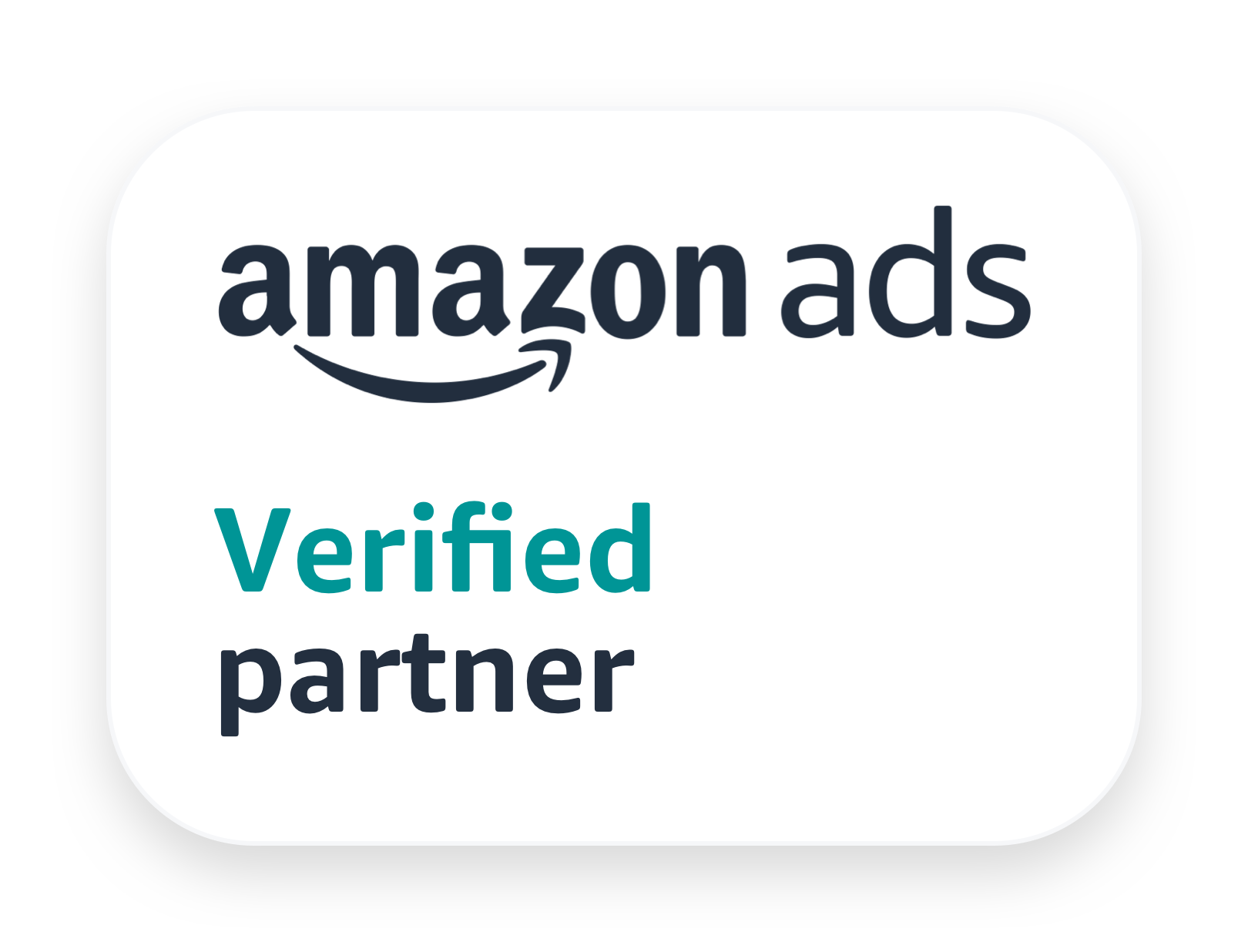By Victoria Sullivan
This is a guest post from Payability. Our partners at Payability do not claim to have any inside knowledge on how or when Amazon releases payments. The following is based on public information and trends they have observed.
As an Amazon seller, you know how important cash flow is for your growth. After all, you need to spend money to make money — whether it’s to turn inventory more quickly, hire employees to help you scale faster, or invest in another big opportunity. So when Amazon surprises you with an unavailable balance, it can feel like all hope is lost. But guess what? It’s not.
With the right tools, you can overcome an unavailable balance, get cash flow back on track, and continue growing your business. This three-part guide breaks it all down. Let’s take a look.
Part One: The Amazon Unavailable Balance, Explained
So what is an Amazon unavailable balance? It’s essentially a further delay on your payout. Instead of waiting 14 days for payment, your payout (either the total balance or a portion of it) is on hold while Amazon conducts a review of your account. How much they hold and for how long depend on why you have an unavailable balance in the first place.
At the end of the day, Amazon holds payment when they have a concern about your account. More specifically, if anything has happened that has angered a customer in some way. After all, Amazon is 100% focused on the customer experience and they expect all third-party sellers to be as well. So when something happens that is not in the customer’s favor, Amazon takes notice — and action.
For example, if a delivery is delayed and Amazon doesn’t get confirmation that a buyer received their order, if a customer files an A-to-z Guarantee claim, if there’s a chargeback, or if your seller performance ratings have been dropping for another reason, you can expect an unavailable balance. And you’ll have to wait however long Amazon takes to review your account.
You can always get more information about your unavailable balance (or balances, as you can have more than one at one time) by going to the Account Health page in Seller Central.
Part Two: Preventing an Unavailable Balance
We’re going to be honest here: there’s no way to actually prevent an unavailable balance. They’re more and more common these days and Amazon will continue issuing them for seemingly unnecessary reasons. That said, you can decrease your unavailable balance liability by getting (and keeping) your business in tip-top shape. Doing so will also increase your chances of winning the Buy Box, so this is really a no-brainer.
To start, you want to find any red flags in your account before Amazon does, take immediate steps to fix them, and put systems in place to keep things running smoothly. Here’s a 5-point plan to do just this:
-
- Review your own account: Spend one hour each week doing a holistic review of your account, looking at everything from seller ratings and customer feedback to sales performance and delivery/fulfillment times, return rates and claims, etc. The moment you see something amiss, investigate further then find and implement a solution.
- Prevent returns, claims and negative reviews: There are two ways to prevent returns (and any negative reviews or claims that come with them).
- First, get your product listings in tip-top shape so your descriptions and photos exactly match the product a customer receives. You don’t want them to be surprised or disappointed when they open their shipment.
- Second, consider your products themselves. For example, do you sell clothing or shoes? If so, you’re automatically more prone to returns due to sizing issues that may occur upon receipt. You might want to look into diversifying your product offerings to include items that won’t have post-delivery sizing issues — or at least include very specific sizing information/measurements so customers can buy with more confidence that something will fit.
- Price to win: Check pricing to make sure you have the best offer over your competitors.
- Don’t stockout: If you’ve ever experienced an Amazon stockout, you know it can be terrible for your business and its growth. Prioritize inventory management so you always have the right amount of inventory on hand at any given time, and make sure you have enough cash flow to place orders as you need them (more on that in Part Three).
- Consider outsourcing fulfillment: Packing and shipping orders can feel like a full-time job in itself. When you’re also juggling the rest of your business, you’re more prone to fulfillment errors. Look into FBA or another fulfillment option to handle this time-consuming but vital piece of your business.
By now you may be thinking, “but I need cash to take many of these preventive measures. How can I follow through when Amazon already pays me late (with or without an unavailable balance)?”
Fair question — which we cover in the next and final section below.
Part Three: Leveraging Cash Flow to Get Through an Unavailable Balance
As an Amazon seller, you know that cash flow is tight. After all, you already have to wait 14 days (at least) for your payouts. Factor in an unavailable balance and your waiting game just got longer — and a lot less fun. You really have no idea when that balance will be paid out, so you can’t really plan around it. Unless you find the right financing partner. One that will give you long-term access to cash without the burden of credit pulls or long wait times.
To help you understand what’s right for you, here are five of the most common business financing options, plus their pros and cons.
Personal Savings
- Pros: Immediate access to cash with no application or interest payments.
- Cons: You might not have enough saved to cover all of the expenses you have. If you do, it’s not going to last forever and you might not have it should an emergency come up.
Credit Cards: You could open a new credit card or ask for an increased spending limit on an existing account.
- Pros: Approval rates are high and you can usually get an answer same-day. In the case of an increased spending limit, you can start spending right away.
- Cons: Your credit limit might not be high enough to cover all of the inventory you need to buy and the expenses you have. If you don’t pay your balance on time or in full, you’ll be liable for interest charges which can quickly add up.
Business Financing: Look for a business loan or line of credit from a bank or online lender
- Pros: Banks offer large dollar amounts and low interest rates; online lenders have simple application processes, high approval rates as well as same-day approvals and funding.
- Cons: Banks have low approval rates for online businesses and their application process can take weeks or months; online lenders tend to have high interest rates.
Supplier Terms: Ask your supplier for a payment extension
- Pros: If you have a good relationship with your supplier and no history of payment issues, they will likely be willing to work with you.
- Cons: There’s no guarantee your supplier will say yes — or keep an extension going long-term.
Payability: A financing company designed specifically for marketplace sellers with long-term cash flow solutions to fit every need, from daily payments, to large cash infusions, to weekend/holiday access to funds.
- Pros: It’s not a loan company, so no credit checks or hefty paperwork are required. Instead, decisions are based on account performance and you could have funding in as fast as 24 hours. Payability is both a long term and short term solution to your unavailable balance issue. Not only will they advance you your unavailable balance the next day, they will continue to advance you based on yesterday’s sales, every day – unavailable balance or not.
- Cons: Additional fees are included if you have an unavailable balance on your account.
To give more background, Payability has helped thousands of marketplace sellers overcome cash flow issues (like Amazon’s payment delay and unavailable balances) to grow 2.5x faster than their competitors. With Instant Access, Payability pays you 80% of your earnings the next business day, giving you daily payments every business day (the remaining 20% is held temporarily in case there are returns or chargebacks). With Instant Advance, Payability buys a certain amount of your future receivables up front and at a discount, giving you a large lump sum of cash. And with the Seller Card, you have 24/7/365 access to your funds, including on weekends and holidays.
If you have an unavailable balance and want to get access to your funds now, or if you want to boost cash flow in the event of an unavailable balance in the future, visit http://go.payability.com/managebystats today.





